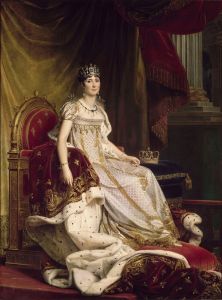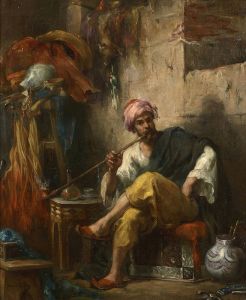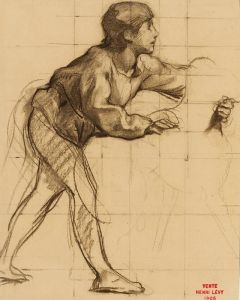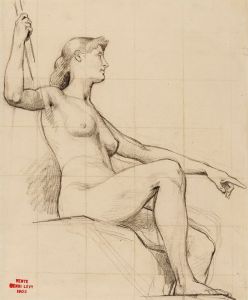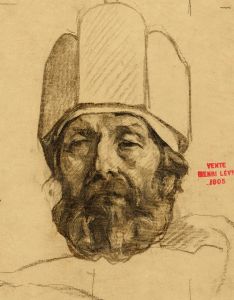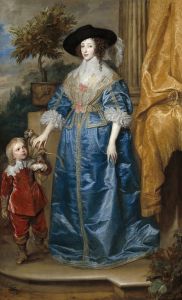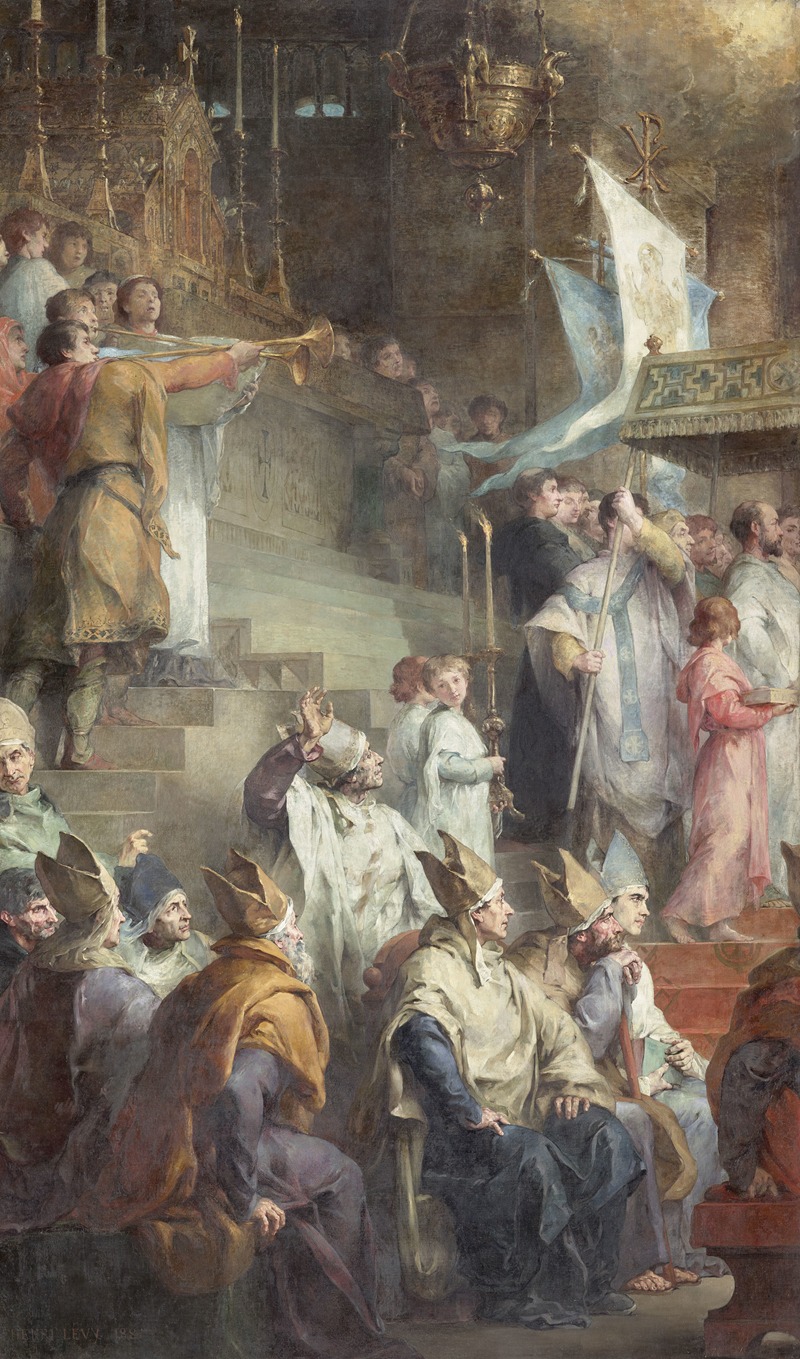
Le Couronnement de Charlemagne
A hand-painted replica of Henri Leopold Lévy’s masterpiece Le Couronnement de Charlemagne, meticulously crafted by professional artists to capture the true essence of the original. Each piece is created with museum-quality canvas and rare mineral pigments, carefully painted by experienced artists with delicate brushstrokes and rich, layered colors to perfectly recreate the texture of the original artwork. Unlike machine-printed reproductions, this hand-painted version brings the painting to life, infused with the artist’s emotions and skill in every stroke. Whether for personal collection or home decoration, it instantly elevates the artistic atmosphere of any space.
Henri Léopold Lévy was a French painter known for his historical and religious works. One of his notable paintings is "Le Couronnement de Charlemagne" (The Coronation of Charlemagne). This artwork captures the momentous event of Charlemagne's coronation as Emperor of the Romans, which took place on December 25, 800 AD, in St. Peter's Basilica in Rome.
Charlemagne, also known as Charles the Great, was a medieval emperor who ruled much of Western Europe from 768 to 814. He was a key figure in the Carolingian Renaissance, a revival of art, religion, and culture through the medium of the Catholic Church. His coronation by Pope Leo III marked the foundation of the Holy Roman Empire, a significant moment in European history that symbolized the fusion of Roman, Christian, and Germanic elements.
Lévy's painting is a historical representation that seeks to capture the grandeur and significance of this event. The composition likely includes key figures such as Charlemagne himself, Pope Leo III, and various dignitaries and clergy present at the ceremony. The setting would be the interior of St. Peter's Basilica, depicted with its architectural splendor to emphasize the importance of the occasion.
Henri Léopold Lévy was part of the 19th-century French art scene, a period that saw a resurgence of interest in historical and religious subjects. His works often reflect the academic style of painting that was prevalent at the time, characterized by attention to detail, realistic representation, and a focus on dramatic and emotive subjects.
"Le Couronnement de Charlemagne" fits within this context as it not only portrays a pivotal historical event but also reflects the 19th-century fascination with the Middle Ages and the figures who shaped European history. The painting would have been intended to evoke a sense of awe and reverence, capturing the viewer's imagination and transporting them back to a time of great historical significance.
Lévy's work contributes to the broader narrative of how 19th-century artists engaged with historical themes, using their art to explore and interpret the past. By focusing on Charlemagne's coronation, Lévy taps into themes of power, legitimacy, and the divine right of kings, all of which were pertinent topics during both Charlemagne's time and Lévy's own era.
While specific details about the painting's current location or its exhibition history are not readily available, Lévy's "Le Couronnement de Charlemagne" remains an example of how art can serve as a bridge between different historical periods, offering insights into both the time it depicts and the time in which it was created. Through his work, Lévy invites viewers to reflect on the enduring legacy of Charlemagne and the historical narratives that continue to shape our understanding of the past.





